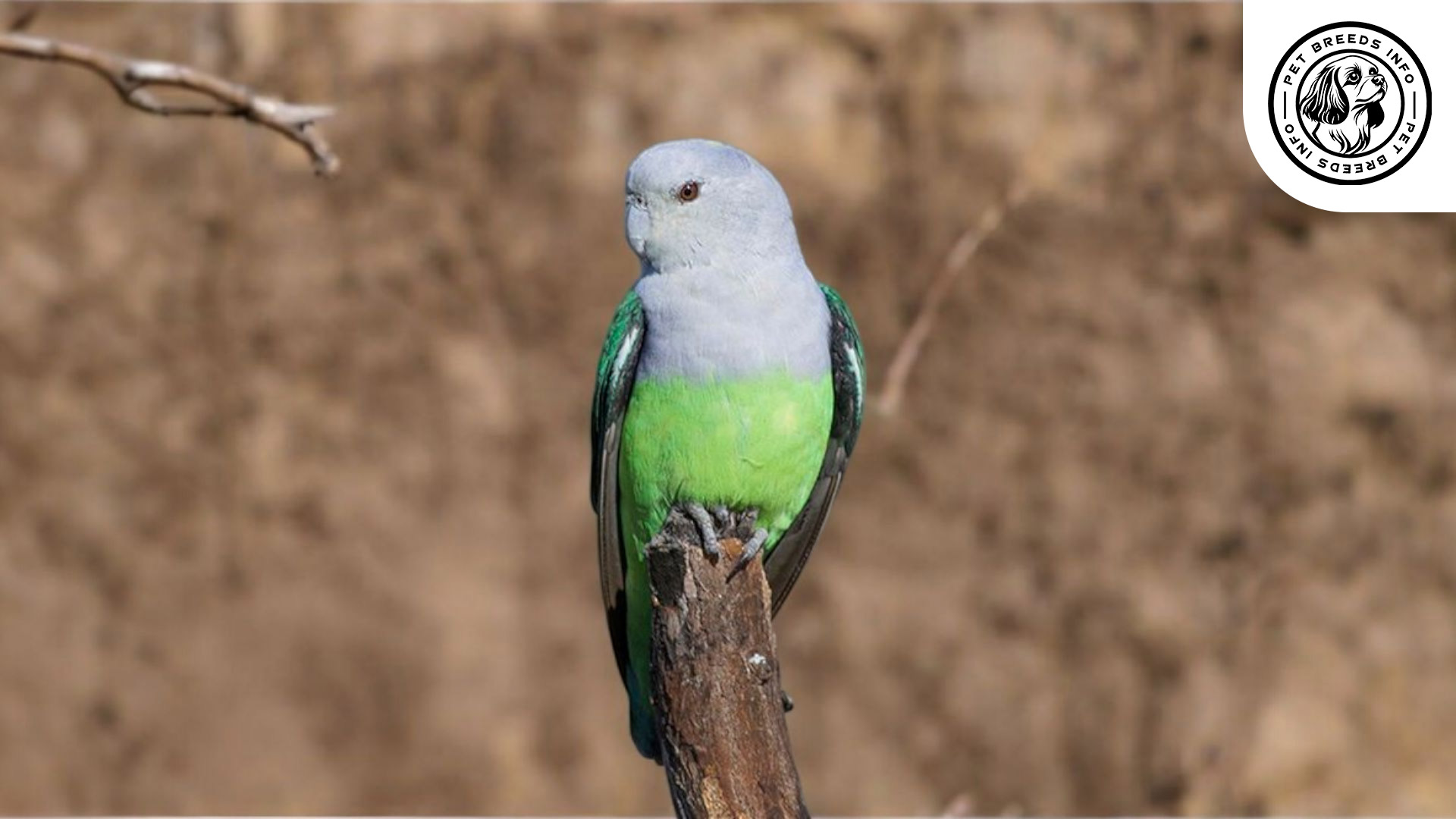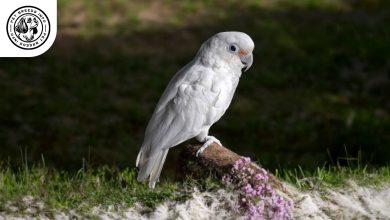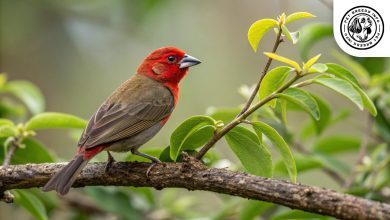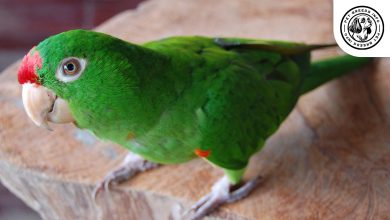Madagascar Lovebird Breed: Personality, Lifespan & Care
General Introduction of the Breed
The Madagascar Lovebird, scientifically known as Agapornis canus, is the smallest species of lovebirds. It is also known as the Grey-headed Lovebird. This unique parrot species originates from Madagascar and its nearby islands.
Historically, Madagascar Lovebirds have not been domesticated as widely as other lovebird species. They primarily thrive in forested areas and grasslands, where they forage for seeds, fruits, and vegetation. Due to their specific environmental needs, they are less common as pets compared to other lovebird breeds.
Table of Contents
| Common Name | Madagascar Lovebird |
| Scientific Name | Agapornis canus |
| Origin | Madagascar and nearby islands |
| Size | 13–14 cm (5–5.5 inches) |
| Lifespan | 10–15 years |
| Colors | Males: Grey head and chest, green body; Females: Fully green |
| Talking Ability | Low; not strong talkers |
| Noise Level | Low |
| Social Behavior | Shy, reserved, prefers own species |
Physical Characteristics
Madagascar Lovebirds are one of the smallest lovebird species. They typically measure around 13 to 14 cm (5 to 5.5 inches) in length and weigh between 20 to 30 grams.
The males and females have different colorations. Males have a distinctive grey head and chest, while their wings and backs are bright green. Females, on the other hand, are entirely green, without the grey markings.
Their eyes are small and dark, blending seamlessly into their plumage. Their beaks are light in color, typically a pale ivory shade. Their tails are short and tapered, complementing their small and compact bodies.
One of their most distinctive physical traits is their slender build, which sets them apart from other, stockier lovebird species.

Personality and Temperament
Madagascar Lovebirds are naturally shy and reserved, especially compared to their more extroverted lovebird relatives. They tend to be quiet and less vocal compared to other parrot species.
They are intelligent birds but can be challenging to tame and train. While they can form bonds with their owners, they generally prefer the company of their own kind and do best when kept in pairs or small groups.
Their energy levels are moderate, and they enjoy flying and exploring spacious environments. They are generally non-aggressive and can be social around humans if raised in captivity from a young age.
Madagascar Lovebirds are highly sensitive to environmental changes. A sudden shift in surroundings or routine can cause stress, so they require a stable and calm setting.
Care and Maintenance Requirements
These birds require plenty of flying space, so a large aviary or spacious cage is ideal. They are not well-suited for small enclosures or cramped spaces.
Regular mental and physical stimulation is necessary. They enjoy perches, swings, and small toys that keep them engaged.
Grooming needs are minimal, as Madagascar Lovebirds are self-maintaining. However, regular cage cleaning is important to ensure hygiene. Occasional misting with water can help maintain their feathers.
Read More: Long-tailed Finch
These birds are sensitive to extreme temperatures. Avoid placing their cage in direct sunlight or exposing them to cold drafts.
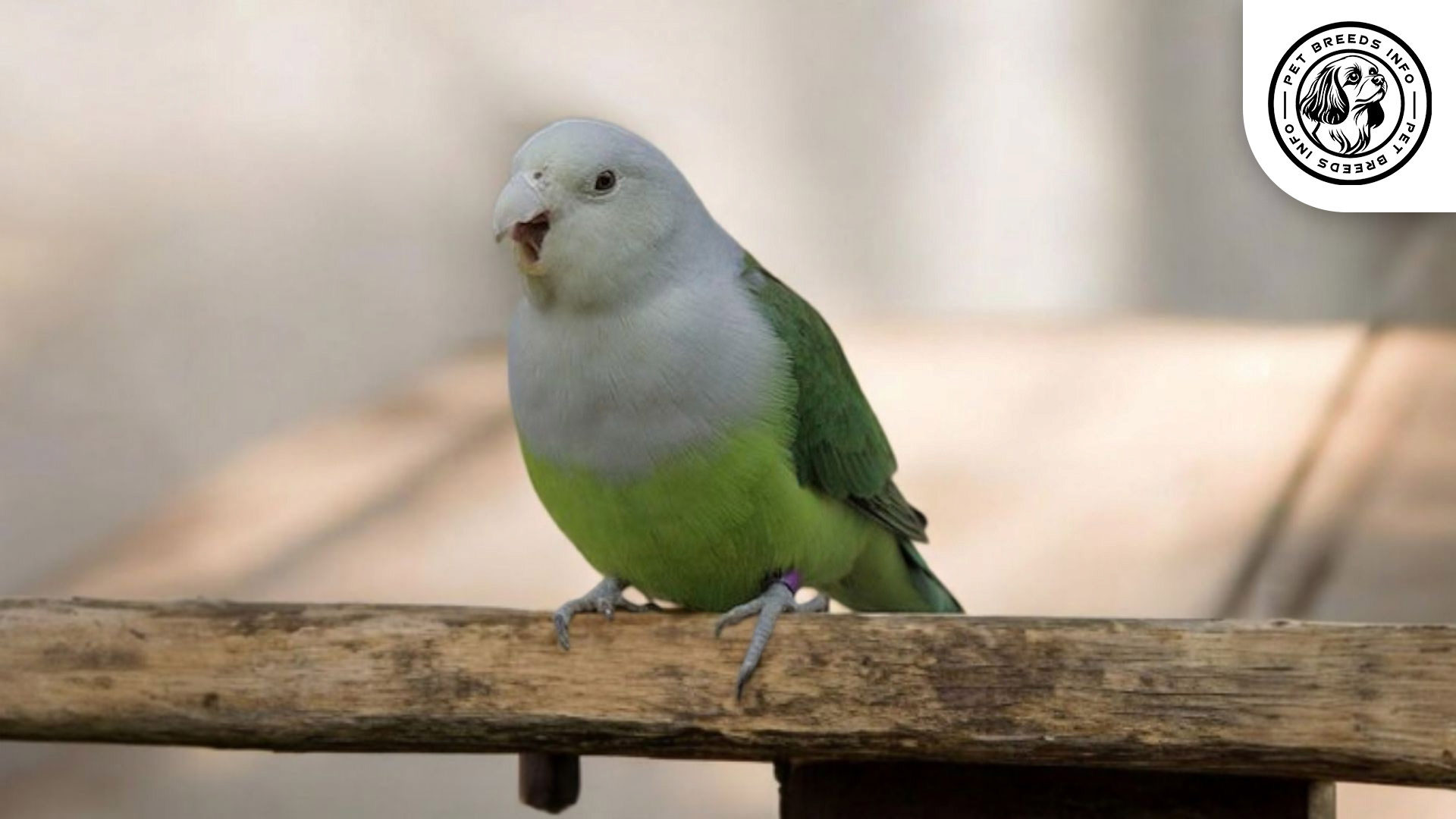
Diet and Nutrition
A balanced diet for Madagascar Lovebirds includes seeds, fresh fruits, and leafy vegetables. A high-quality seed mix formulated for lovebirds is ideal.
Foods that should be avoided include avocado, chocolate, caffeine, alcohol, and heavily processed human foods, as these can be toxic to birds.
Portion control is important. They should be fed twice a day, with fresh food and water available at all times.
Health and Common Medical Issues
Common health concerns include respiratory infections, feather plucking due to stress, and nutritional deficiencies if not provided with a balanced diet.
They are sensitive to sudden environmental changes, which can weaken their immune system.
Their average lifespan is between 10 to 15 years with proper care.
Routine veterinary check-ups are essential to ensure they remain in good health, along with necessary vaccinations and parasite control.
Read More: Lühder’s Bushshrike Bird
Training and Behavior Management
Training Madagascar Lovebirds can be challenging due to their shy and cautious nature. It requires patience and gentle socialization from an early age.
Positive reinforcement with treats and repetition works best.
Early socialization is important if they are to be handled by humans regularly.
They should be provided with frequent opportunities for supervised flight and interaction to prevent boredom.
Interaction with Other Animals and Humans
These birds are more comfortable in the company of their own species. Keeping them in pairs or small groups is ideal.
They can be timid around humans but may become more accustomed to human interaction with consistent gentle handling.
They are less inclined to form strong bonds with people compared to other lovebird species, making them better suited for experienced bird owners.
They can coexist with other birds, but they do best when housed with their own kind rather than in mixed-species aviaries.
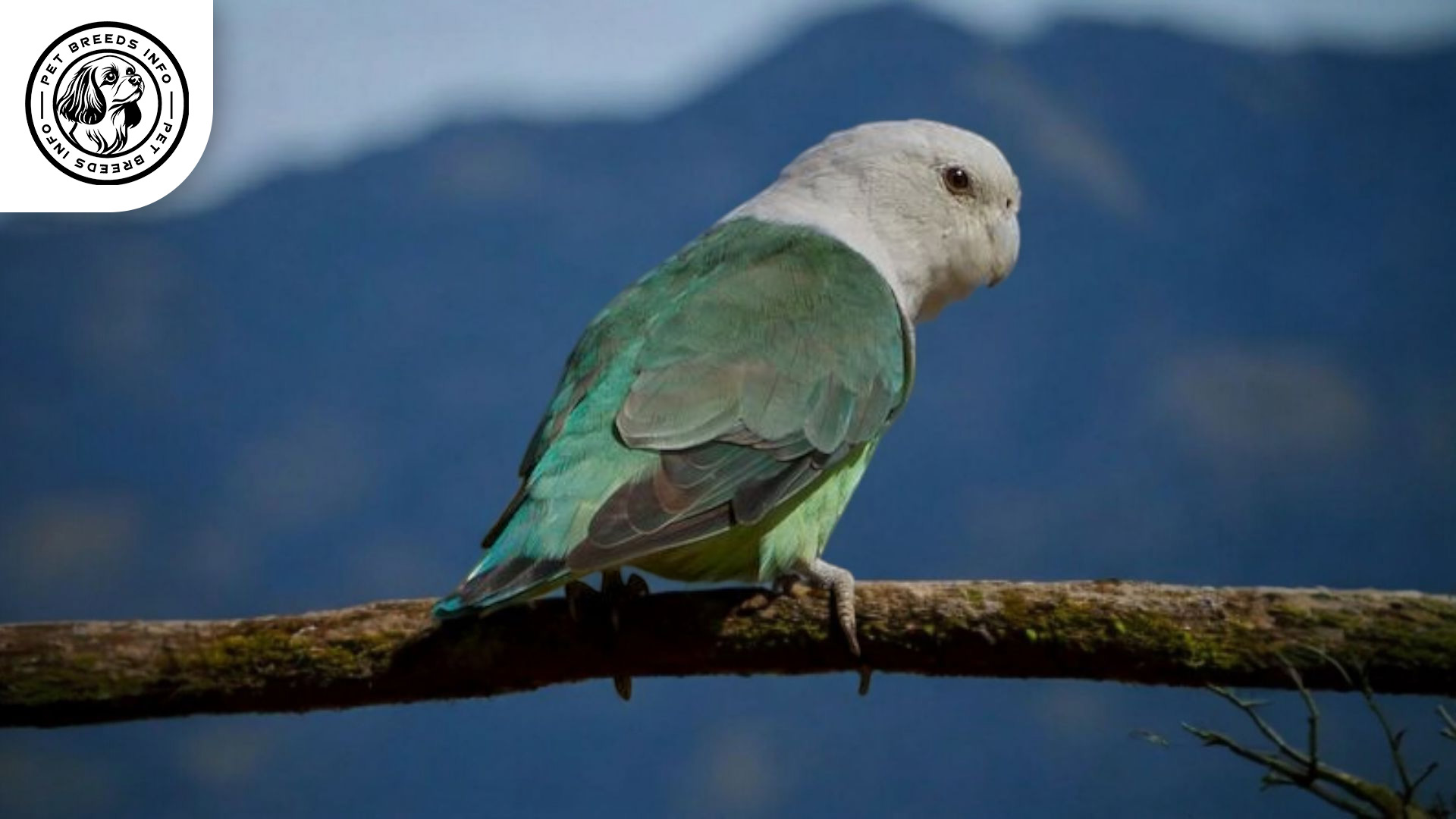
Price and Availability
Madagascar Lovebirds are less commonly available than other lovebird species. Their price typically ranges from $100 to $300, depending on availability and breeder reputation.
Potential owners should seek reputable breeders or avian rescue centers to acquire a healthy bird.
Ethical considerations should be taken into account, as wild-caught specimens are often not well-suited for captivity.
Read More: Lutino Budgerigar Bird
Conclusion and Final Thoughts
The Madagascar Lovebird is a unique and beautiful bird species best suited for experienced avian enthusiasts who can provide them with the right environment and care.
They thrive in pairs or small groups and are not ideal for those looking for a highly interactive pet.
Before choosing this breed, potential owners should consider their shy temperament, housing needs, and dietary requirements.
With the right care, a Madagascar Lovebird can be a wonderful and rewarding companion with a long, healthy lifespan.
FAQ
Are Madagascar Lovebirds good pets for beginners?
They are better suited for experienced bird owners due to their shy nature and sensitivity to environmental changes.
What kind of environment do they need?
A spacious, calm, and stable environment with plenty of flying space and minimal stressors is ideal.
How do I feed a Madagascar Lovebird properly?
Provide a balanced diet of seeds, leafy vegetables, and fresh fruits, with clean water always available.
Can Madagascar Lovebirds talk?
No, they are not known for their talking ability and are much quieter compared to other parrots.
Do they prefer living alone or with others?
They thrive best in pairs or small groups with their own species rather than living alone.
